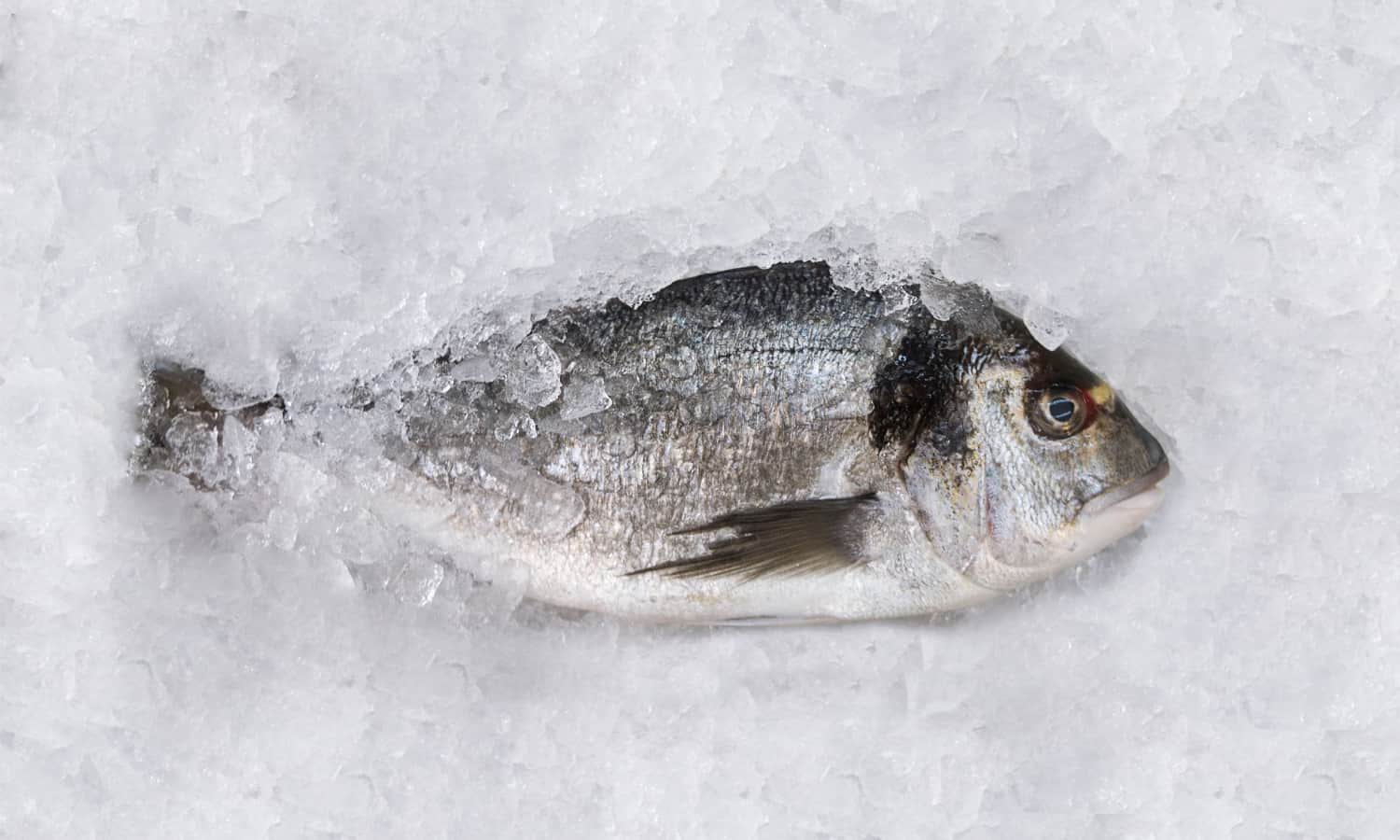Finding and eating so-called sustainable seafood can seem daunting, but the Sydney eatery Saint Peter is proving that it is possible. The restaurant has been making waves since it opened in 2016 by preparing local and sustainable fish species, showcasing their lesser-used parts in highly refined dishes, and using an innovative dry-aging process to prevent waste.
“We work directly with fishermen (folk) from around Australia,” says Josh Niland, head chef and owner of Saint Peter and Fish Butchery. “We write our menu daily based not only on what fish comes in but what fish is at its peak age—for example, last week we had a 14-day aged Murray Cod on the menu—and also what fish offal we have available to serve. Careful handling extends the shelf life of fish from days to weeks and could totally revolutionize fish waste.”
According to the World Health Organization, nearly 1 billion people globally rely on fish as their main source of protein. The idea of handling fish differently and changing consumer views on its off-cuts and offal could have wide-reaching impacts on the sustainability of one of the world’s most important meats. “We have a philosophy of whole fish cookery–thinking beyond the fillet—which only makes up 40 percent of the fish’s total weight,” Niland tells Food Tank. “I hope in 20 years this will not be radical thinking but commonplace, to use every part of the fish: roe, liver, stomach, swim bladder, milt, heart, bones. Just like today it would be outrageous to discard beef cheeks or oxtail.”
According to the U.N. Food and Agriculture Organization, more than 30 percent of commercial fisheries worldwide have already been pushed to unsustainable levels. While aquaculture can have many benefits, intensively farming one species can place too much pressure on surrounding ecosystems. Improving the system by shifting the focus towards valuing diverse species and all parts of their edible components may be key.
While sustainable seafood options exist at some supermarkets, making fish offal readily available has not fully caught on—yet. “Perhaps it is optimistic to think that consumers would readily purchase fish liver or other offal at the supermarket even though at Saint Peter these items are treated with reverence,” Niland tells Food Tank. “But these items; delicious and full of nutrition, should not be going into the bin.”
The culinary uses of these forgotten fish parts are only recently gaining momentum with television and social media helping to stem the stigma. Niland tells Food Tank, “I believe this makes people more willing to not only try new and interesting things—such as our John Dory Liver on toast—but also to consider sustainability with everything they consume. Sustainability is the new luxe.” While opportunities for using the often-neglected parts of a fish seem boundless, there are still limits. Niland notes to Food Tank, “One idea perhaps we aren’t ready for yet: Gall Bladder Lemon Lime & Bitters—utilizing the bitter fish gall bladder to produce bitters.”
Located in Sydney, Australia, Niland’s restaurant was a nominee in the World Restaurant Awards in the Ethical Thinking category, while scoring many awards such as Restaurant of the Year and Chef of the Year by many Australian reviewers.







